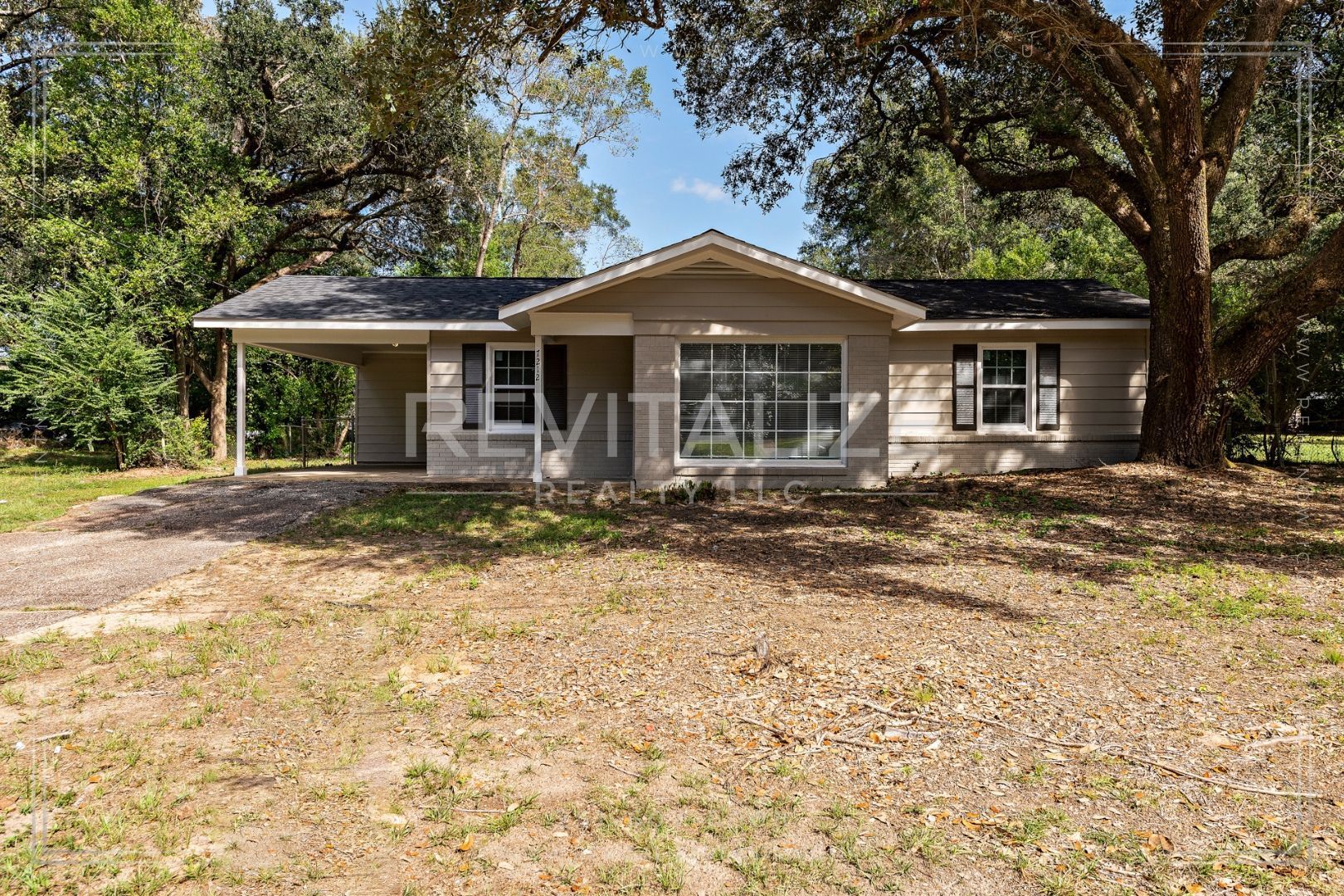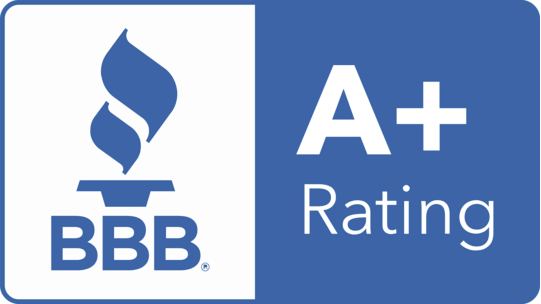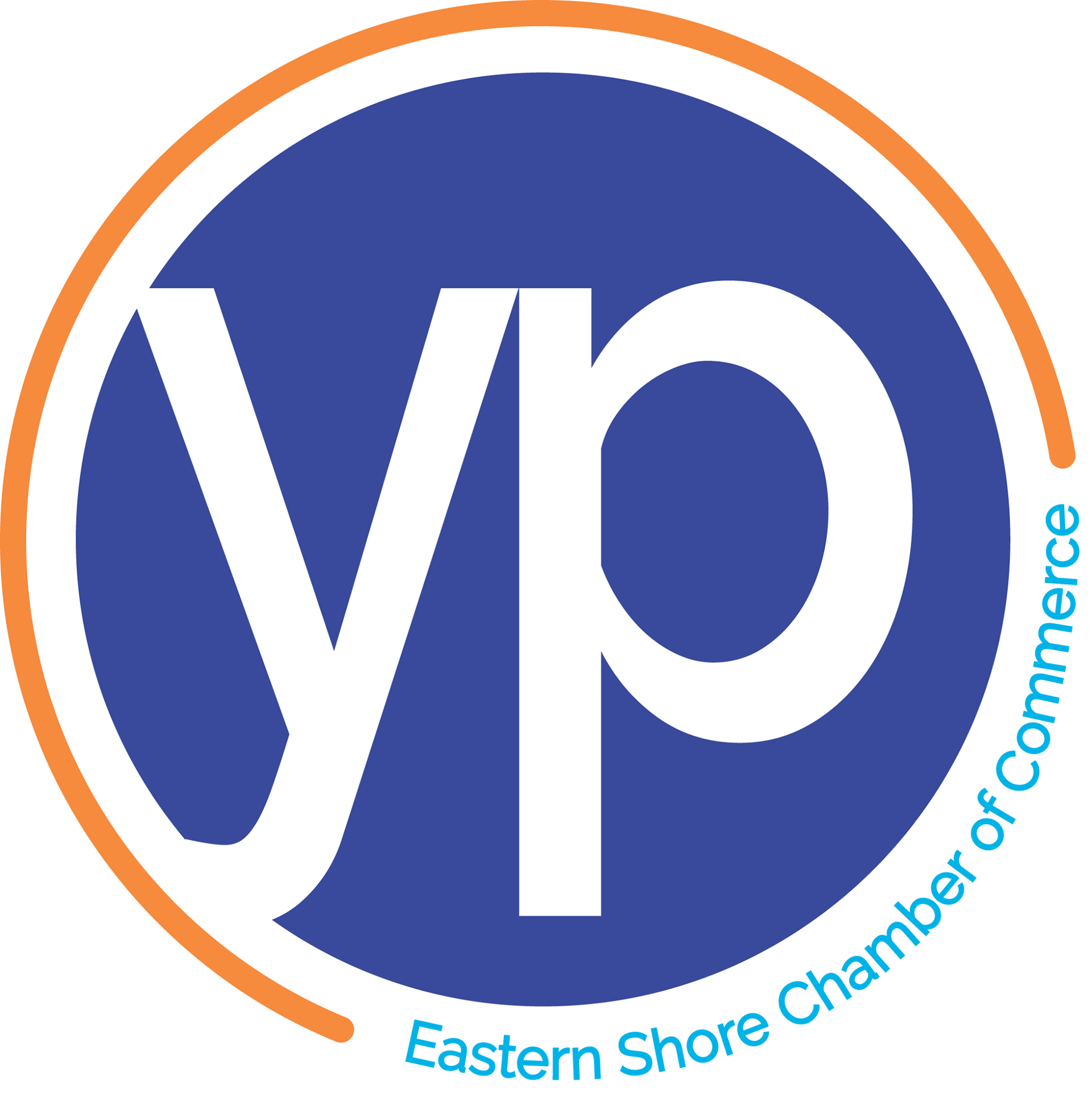Gulf Coast Rentals Rising Strong
Economic Drivers Shaping the Rental Market in Mobile and Baldwin Counties

The Gulf Coast rental market is dynamic, shaped by a unique mix of economic, demographic, and environmental forces. Mobile and Baldwin Counties, in particular, sit at the crossroads of industrial growth, population shifts, and coastal development pressures. For landlords, investors, and property managers, understanding these economic drivers is essential to predicting where rents, occupancy rates, and investment opportunities are headed over the next five years.
Population Growth and Migration
Baldwin County remains one of the fastest-growing counties in Alabama and, in fact, in the nation. Families, retirees, and remote workers continue to move in, drawn by the Gulf Coast lifestyle and comparatively lower housing costs than major metro areas. Mobile, meanwhile, benefits from a steady flow of younger workers attracted to shipbuilding, aerospace, and port-related jobs. This migration fuels demand for quality rentals, particularly three-bedroom homes and well-located condos, and will likely keep upward pressure on rents.
Industry and Job Growth
Mobile’s economy is anchored by the Port of Mobile, one of the largest deep-water ports in the country, and supported by aerospace and shipbuilding industries. Companies like Austal USA and Airbus continue to provide stable, high-wage jobs that support rental demand from skilled workers. Baldwin County, though less industrial, benefits from tourism, healthcare, and education as major job providers. Over the next five years, as port expansion projects and industrial investments continue, Mobile should see steady rental demand. Baldwin, meanwhile, will ride the wave of service-sector growth and seasonal tourism.
Housing Supply and Construction Constraints
Demand is rising, but supply isn’t keeping up. New construction faces hurdles—higher labor and materials costs, zoning restrictions, and stricter building codes designed to mitigate hurricane risk. These constraints slow the pace of new rental housing hitting the market. As a result, competition for existing rentals is intensifying, and rents are climbing. Unless there’s a significant policy push or market shift that unlocks faster building, landlords in both counties are likely to benefit from tight supply conditions for the next several years.
Tourism and Seasonal Demand
Baldwin County’s beaches and resort towns like Gulf Shores and Orange Beach create unique rental patterns. Short-term vacation rentals dominate parts of the market, but their success has ripple effects on long-term housing. Workers in tourism, restaurants, and hospitality often compete for limited affordable housing, increasing pressure on long-term rentals in surrounding towns. Expect seasonal spikes in demand to continue influencing rents, especially near the coast.
Insurance, Weather, and Resiliency
The Gulf Coast faces rising insurance premiums and ongoing storm risks. Investors and landlords will need to factor these costs into rental pricing. Properties that are elevated, fortified, or otherwise storm-resilient will not only attract higher-paying tenants but also stand out in the market. Over the next five years, this may widen the gap between “premium” rentals and those vulnerable to weather damage.
Outlook for the Next Five Years
Taken together, these drivers point to continued rent growth in both Mobile and Baldwin Counties. Well-maintained, upgraded, and storm-resilient properties will command the highest premiums. Supply constraints will keep occupancy rates strong, while in-migration and job growth provide a steady tenant base. The challenge for owners will be managing rising insurance and maintenance costs without outpacing what local wages can support.
Bottom line: The rental market in Mobile and Baldwin Counties is poised for steady growth, but smart investors will focus on quality, location, and resiliency to maximize returns in the years ahead.






























